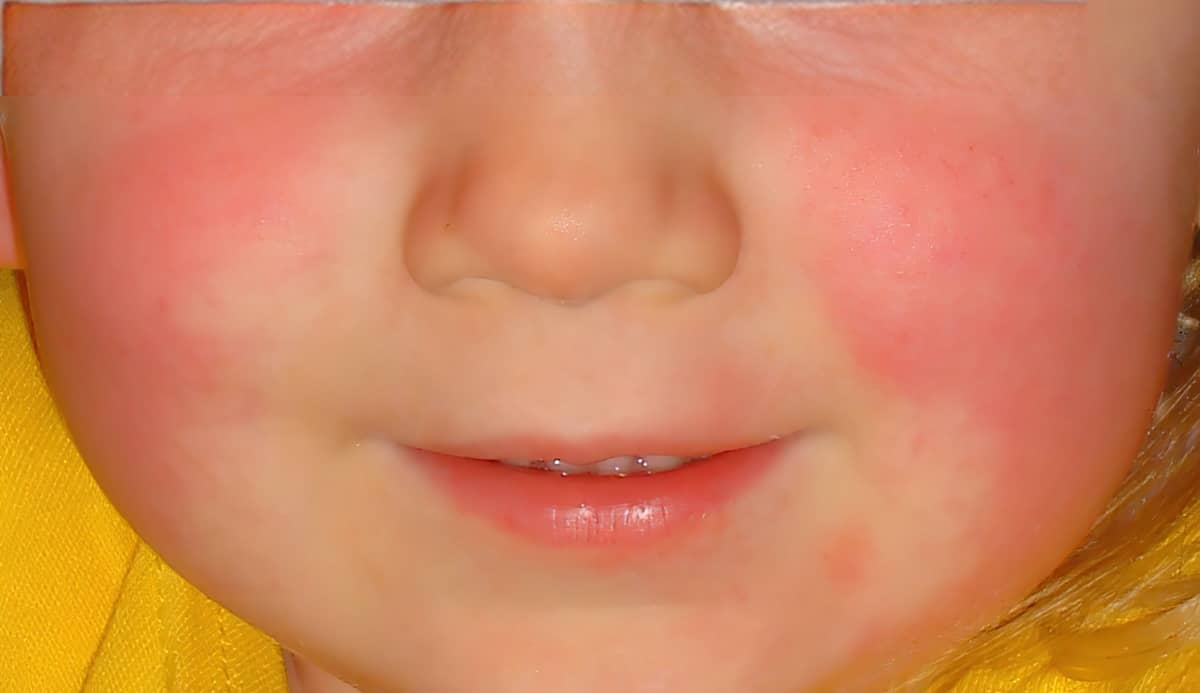The Isle of Wight has seen a rise in scarlet fever cases in the past week following a dramatic drop the week before.
From four to 28 cases
In the latest data released by the UK Health Security Agency (UKHSA), the Island reported 28 cases of scarlet fever, in the week ending 18th December.
It is seven times the number reported in the week before, ending 11th December, when only four were reported across the Island.
However, at the start of the month, in the week ending 4th December, the Island had the highest rate of cases in the country with 32.
Hampshire now a hotspot
According to the UKHSA, there were 9,482 reported scarlet fever cases in England and Wales last week.
Hampshire is now one of the hotspots as in all of its districts there were 138 cases.
Portsmouth had reported 12 and Southampton 20.
No iGAS cases on the Island
Other UKHSA data shows there are none of the more invasive Group A iGAS — on the Islandstreptococcus infections — more commonly known as iGAS — on the Island.
There are four reported cases of unspecified streptococcal infections.
There were also six streptococcal pharyngitis infections — also known as strep throat.
Bryant: iGAS infections remain uncommon
The Island’s public health director, Simon Bryant, previously said the figures were not comparable across the country as they were only suspected cases and not laboratory-confirmed.
He said the council had been working with the UKHSA to monitor the situation and send updates to early years and school settings to make them aware of infections and provide guidance, but wanted to reassure parents iGAS infections remain uncommon.
Mr Bryant stressed good infection, prevention and control measures, such as cough and hand hygiene, can prevent the spread of illnesses and the flu vaccination was a strong defence for children.
How to recognise scarlet fever
In guidance issued two weeks ago, Mr Bryant said,
“Cold and flu-like symptoms are very common at this time of year, especially in children. Most will have a common seasonal virus, which can be treated by keeping the child hydrated, and with paracetamol.
“Some children with cold and flu like symptoms — sore throat, headache, fever — may be experiencing some of the early symptoms of scarlet fever.
“In this case they will go on to develop scarlet fever-specific symptoms, including a fine pink-red rash that feels like sandpaper to touch, and parents should contact their GP.”
This article is from the BBC’s LDRS (Local Democracy Reporter Service) scheme, which News OnTheWight is taking part in. Some alterations and additions may have been made by OnTheWight. Ed





